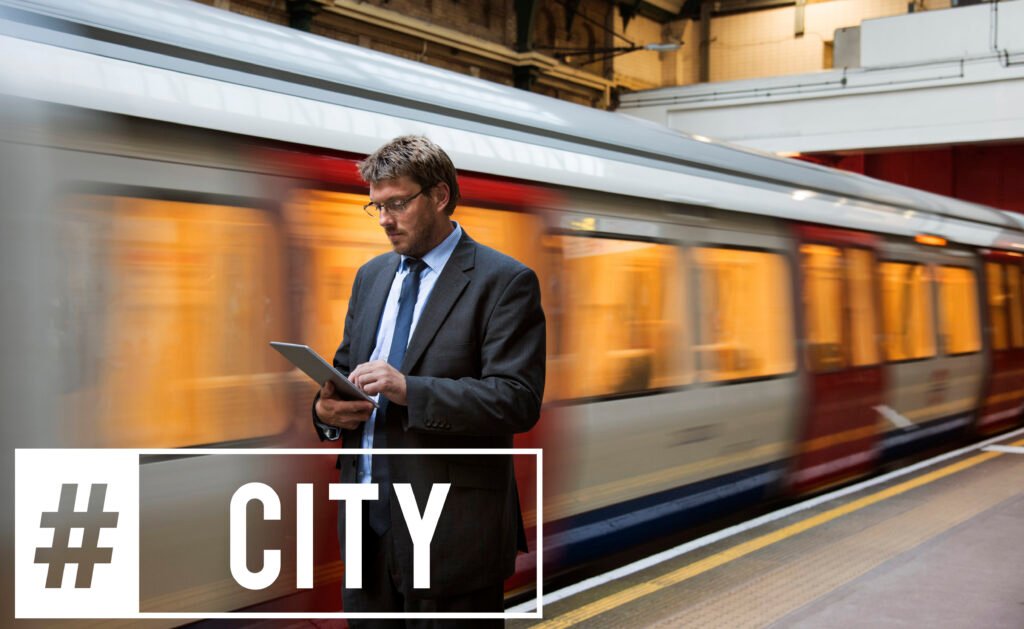Los Angeles, a city synonymous with sprawling freeways and traffic congestion, is undergoing a transformative journey in its public transportation landscape. As the city strives to address environmental concerns, reduce commute times, and improve accessibility, recent developments in public transit are reshaping how Angelenos navigate the metropolis.
The Vision for LA’s Public Transit
Los Angeles County Metropolitan Transportation Authority (Metro) has spearheaded numerous projects to create a more connected, efficient, and eco-friendly transit system. These initiatives align with the city’s ambitious goals to reduce carbon emissions and provide equitable transit access to all residents.
Key Developments in Public Transportation
1. Metro Rail Expansion Projects
The Metro Rail system is undergoing a significant expansion to enhance connectivity across Los Angeles County.
| Project | Description | Expected Completion |
| Purple Line Extension | Extending the Purple Line to Westwood, linking Downtown LA to UCLA and VA Hospital. | 2027 |
| Crenshaw/LAX Line | Connecting Crenshaw District to LAX for seamless airport access. | Operational (2024) |
| Eastside Gold Line Extension | Expanding the Gold Line further into San Gabriel Valley. | 2029 |
2. Zero-Emission Buses
Metro is transitioning its bus fleet to zero-emission electric buses. This initiative aims to achieve a 100% electric fleet by 2030, significantly reducing greenhouse gas emissions.
3. Measure M Projects
Measure M, a voter-approved transportation sales tax, is funding multiple projects, including:
- New transit lines
- Highway improvements
- Bicycle and pedestrian infrastructure
4. Metro Micro
Metro Micro is an innovative on-demand rideshare service designed to complement existing transit options. It provides affordable, short trips within specific zones, catering to first-mile and last-mile connectivity.
Benefits of Public Transportation Developments
- Reduced Traffic Congestion
-
- Expanding rail lines and introducing new services will alleviate pressure on LA’s infamous freeways.
- Environmental Sustainability
-
- Investments in zero-emission vehicles and reduced car dependency align with California’s climate goals.
- Enhanced Accessibility
-
- Improved transit options ensure equitable access for residents across socio-economic backgrounds.
- Economic Growth
-
- Better connectivity stimulates local economies by making it easier for people to access jobs and services.
Challenges and Future Outlook
While these developments are promising, challenges such as funding gaps, construction delays, and ridership recovery post-pandemic persist. However, with robust planning and community engagement, Los Angeles is poised to overcome these hurdles and set an example for urban mobility.
Final Note
The ongoing advancements in public transportation in Los Angeles mark a crucial step towards creating a more sustainable, accessible, and efficient city. With significant investments in rail expansion, zero-emission buses, and innovative services like Metro Micro, LA is redefining urban mobility. As these projects come to fruition, Angelenos can look forward to a future with reduced traffic woes, cleaner air, and more connected communities.


